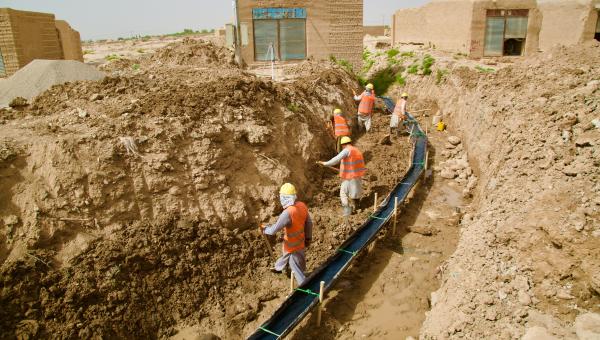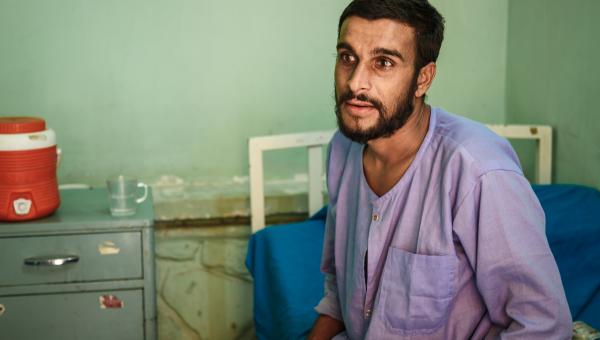Machine Learning PIP
Overview
The overall socio-economic and political situation in Afghanistan is volatile and prone to rapid changes. In such dynamic environments, predictive analytics could be useful in conflict and fragile contexts. This project emphasizes the utilization of predictive analytics to assess vulnerability levels throughout Afghanistan. Integrating human assessment with machine learning, the proposed project aims to support longer-term strategic decision-making and provide mechanisms for forward planning to avert or mitigate potential negative situations proactively. The proposed project can improve early warning processes and human reasoning (‘intelligence augmentation’), support decision-making, and simulate possible strategic outcomes in UN field missions and agencies.
Objectives
The project's objective is to predict vulnerability levels across Afghanistan, enabling the UNDP to strategically contribute to Sustainable Development Goals, such as addressing poverty and hunger. The initiative aims to support long-term decision-making and proactively plan to avert or mitigate potential negative situations. It involves prioritizing regions, including districts and villages with available data, based on higher confidence levels. Additionally, the project seeks to identify areas where vulnerability is likely to increase in the coming months, categorizing regions, districts, or villages on a scale of 1 to 5 to determine the urgency and extent of aid required.
The proposed project’s overarching goal is to establish best practices for incorporating machine learning into UN early warning (EW) mechanisms. This involves a dual focus on enhancing data-driven practices and piloting the integration of human-machine teaming to substantially improve early warning processes.
Major Achievements
During the project implementation process, Step I of the Design Phase and Steps II & III of the Divergence Phase were completed, and the following results were achieved.
- Comprehensive visualization of the principal components, indicators, and indications.
- Significant progress toward defining the targets and multidimensional Vulnerability Levels, which concludes the design phase.
- Timelines, decisive conditions, decision points, and identification of Minimal Viable Product (MVP), which is based on earliness and prediction accuracy, determined
Related Materials
Impact
Relevant Content

 Locations
Locations





